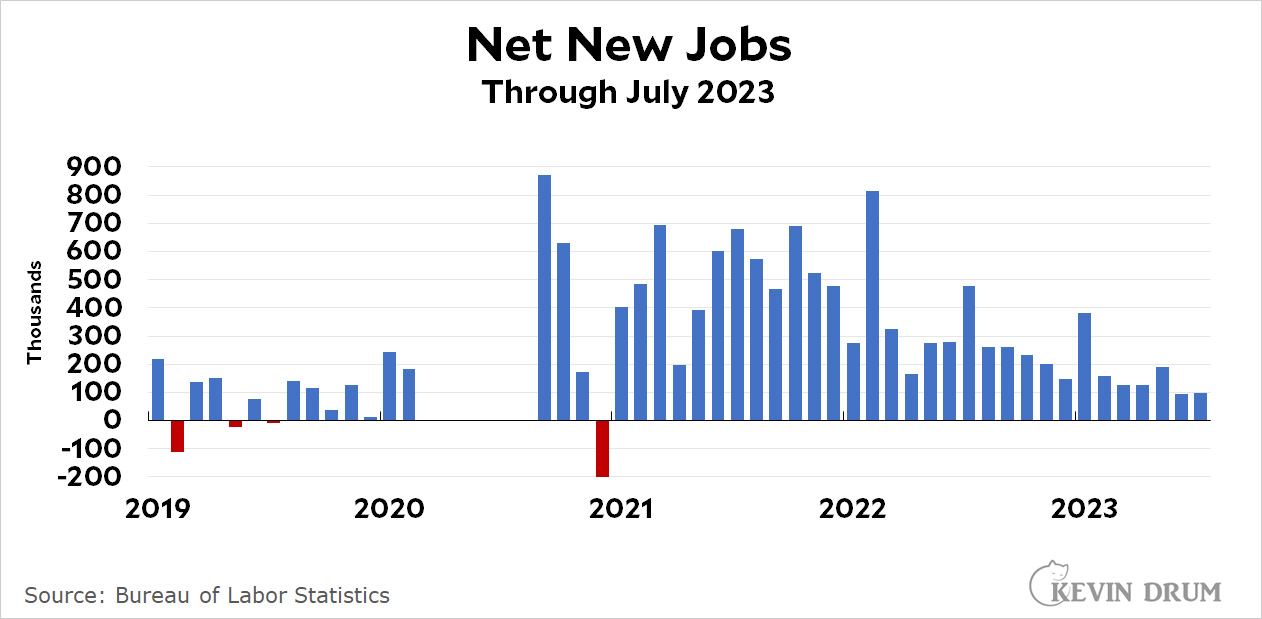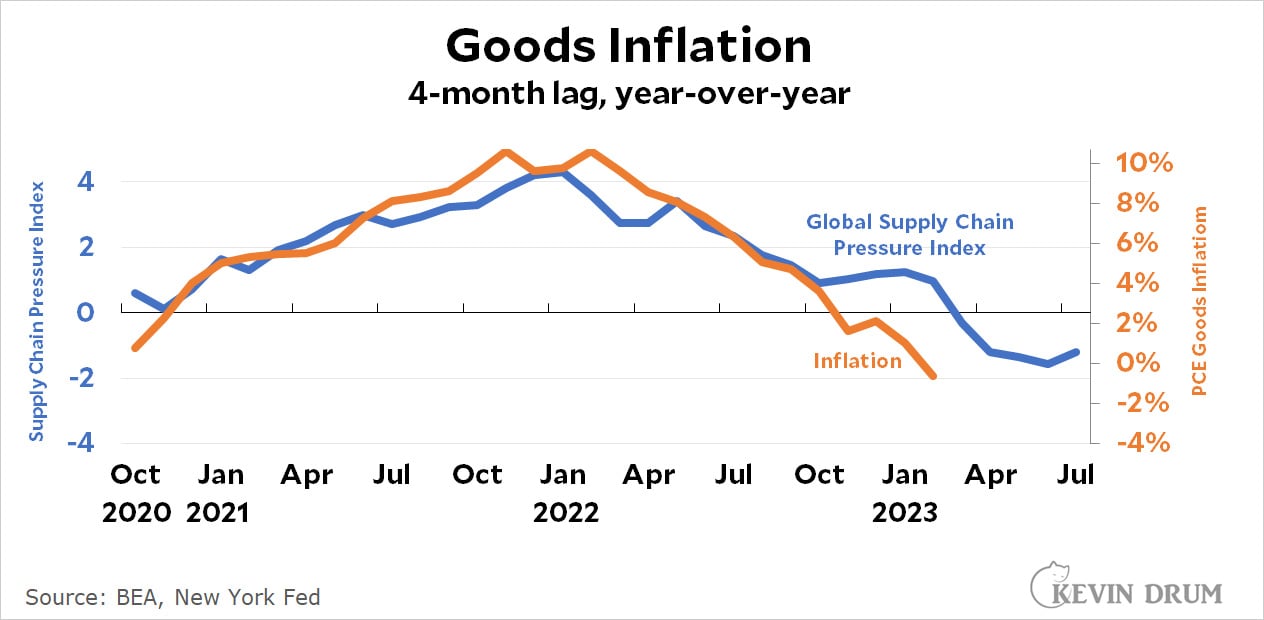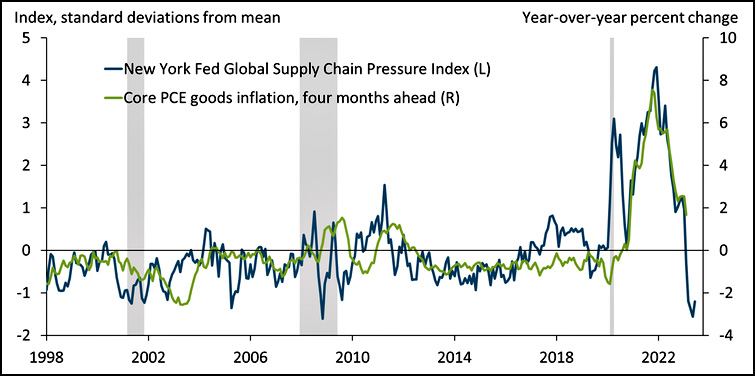For reasons best left unexplored, I got curious about long-term suicide rates last night and ended up going down a rabbit hole. What I discovered is that everyone is doing it wrong.
Most of the charts you see are based on reports written decades ago plus CDC figures for the past couple of decades. The problem is that these use different methodologies and aren't comparable. However, in 2009 some researchers at the National Center for Health Statistics went back to the original worksheets for death rates and recalculated everything using the current standard. This is available in a series of reports for 1900-1998, while the CDC's WONDER database (as usual) can be used to fill in the figures for 1999-2021. Here it is:
 After two decades of slowly rising, the US suicide rate has stabilized over the past few years. It is now at the same level as the 1950s.
After two decades of slowly rising, the US suicide rate has stabilized over the past few years. It is now at the same level as the 1950s.
UPDATE: The original version of this post had a mistake in recent suicide rates. They haven't gone down, only stabilized. The chart and the text have been corrected.
POSTSCRIPT: Here is the specific methodology used:
1900-1998: Age-adjusted death rates were calculated using the year 2000 standard using the following source documents: age-specific death rates from unpublished worktables from CDC/National Center for Health Statistics, National Vital Statistics System, Mortality data; data from the Special Reports (1956) publication; and electronic data tapes.
1999-2021: Data were analyzed using National Vital Statistics System multiple cause-of-death mortality files. Suicide deaths were identified using International Classification of Diseases, 10th Revision underlying cause-of-death codes U03, X60–X84, and Y87.0. Age-adjusted death rates were calculated using the direct method and the 2000 U.S. standard population.











